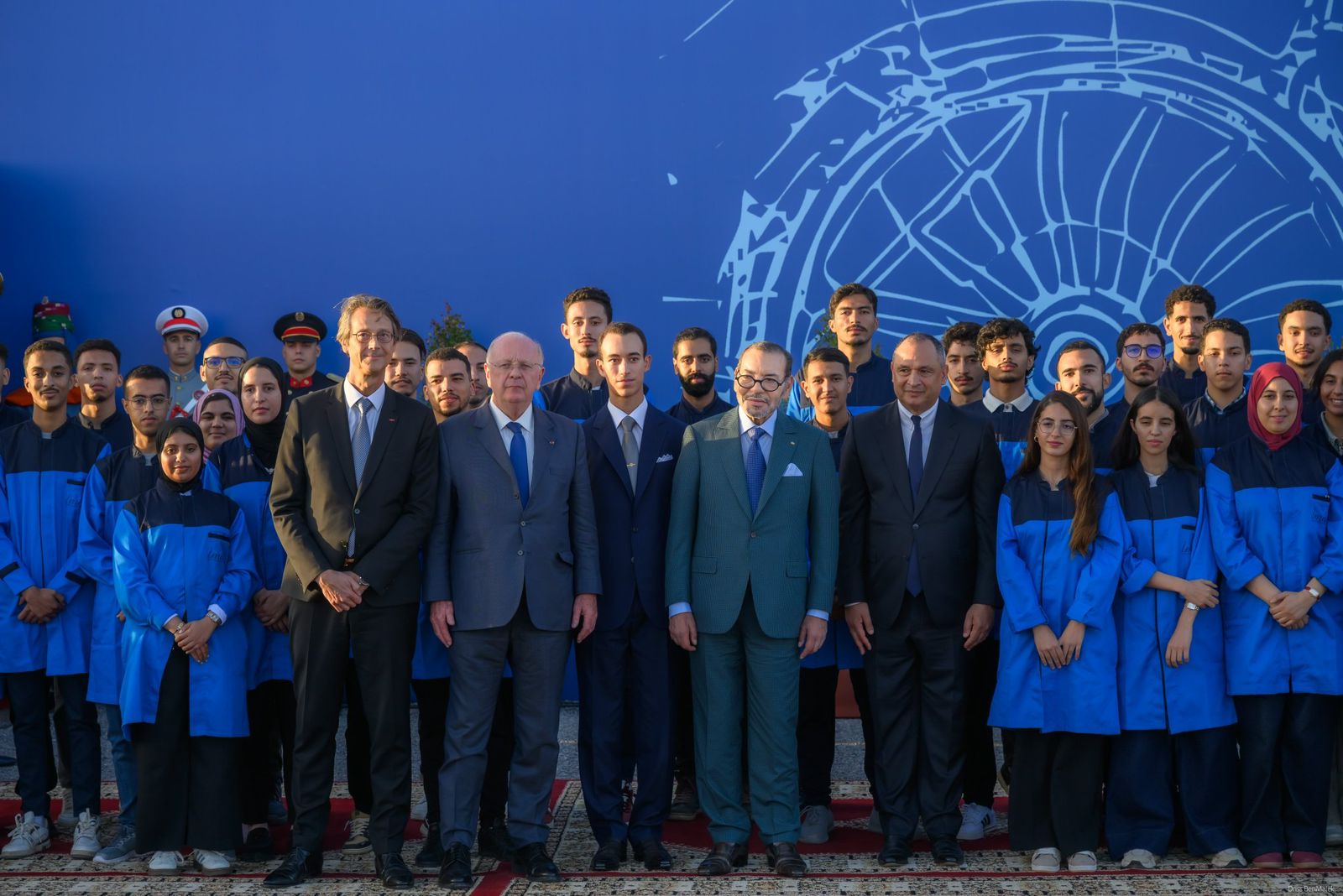Self-employed status: a true success and results exceeding expectations

Available since September 2015, the self-employed scheme has received over 40,100 registration requests.
The scheme clearly fills a gap for the independent entrepreneur who is now offered suitable conditions to operate. 40,110 requests for enrolment were recorded as of 1 December 2016, representing double the target set for the first year of the plan’s deployment.
85% of the self-employed operate on a permanent basis, and nearly half of them work from home. Registrations cover the whole of the territory, however over 50% of those registered live in the Rabat-Salé-Kenitra and Casablanca-Settat regions.
Regarding the breakdown by sectors, entrepreneurs who chose the self-employment scheme are predominantly in commercial activities (45%), followed by services (27%), industry (24%) and then handicrafts (4%).
The enthusiasm for this new scheme can be explained by its flexibility and by the many benefits it offers, in particular, its administrative simplicity as it does not require maintaining complex accounting, it provides social protection, and adapted and reduced taxation, as well as encouraging inclusion into the banking and financing system, thus enabling the self-employed to open bank accounts and access loans similar to those granted to SME’s and not only to banking services dedicated to individuals.
The new status especially meets the needs of the fast growing collaborative economy, by offering facilities to Moroccan and foreign start-ups, including support for their economic activities.
Moreover, the status allows people who choose independence to opt out of a permanent administrative insecurity, and to enjoy a better perception in society as legal independent workers.
The model of governance adopted for implementing the scheme played a large part in its success. The strong regional coverage of Barid Al Maghrib network of agencies as well as the 6 other banks involved in the implementation of the scheme will contribute to reaching the whole target population, which is very heterogeneous and spread over the entire territory. The banking network totals more than 3,800 agencies equipped to receive registration dossiers and issue self-entrepreneur cards.
For the next stage, efforts are being made to integrate the self-employed into the industrial ecosystems launched under the Industrial Acceleration Plan. Many industrial ecosystems offer significant integration potential, particularly the sectors for the collection and recycling of waste for plastics processing, construction materials, mechanical and metallurgical industries, chemicals and para-chemicals, and textiles and leather, which allows integration of artisans, dressmakers and subcontractors for brands.
Furthermore, ambitious targets are set for 2017 during which it is expected to reach 100,000 self-entrepreneurs per year, a threshold that is justified by the desire to make the scheme a true lever for integrating the informal sector; the objective is to absorb more than the annual growth of the informal sector.
Share this article
read also

Communiqué de presse
Nouaceur: HM the King Chairs Presentation Ceremony, Launch of Construction Work of Safran Group’s 'Aircraft Engines' Industrial Complex
Nouaceur - His Majesty King Mohammed VI, may God assist Him, accompanied by HRH Crown Prince M...

Foreign trade: Announcement issued at the ministerial meeting between the Arab Republic of Egypt and the Kingdom of Morocco
As part of the strengthening of fraternal cooperation relations and the distinguished economic...

Day 3 of the Marrakech Air Show: Human capital and innovation in the spotlight
The 7th edition of the Marrakech Air Show, held under the High Patronage of His Majesty King M...




